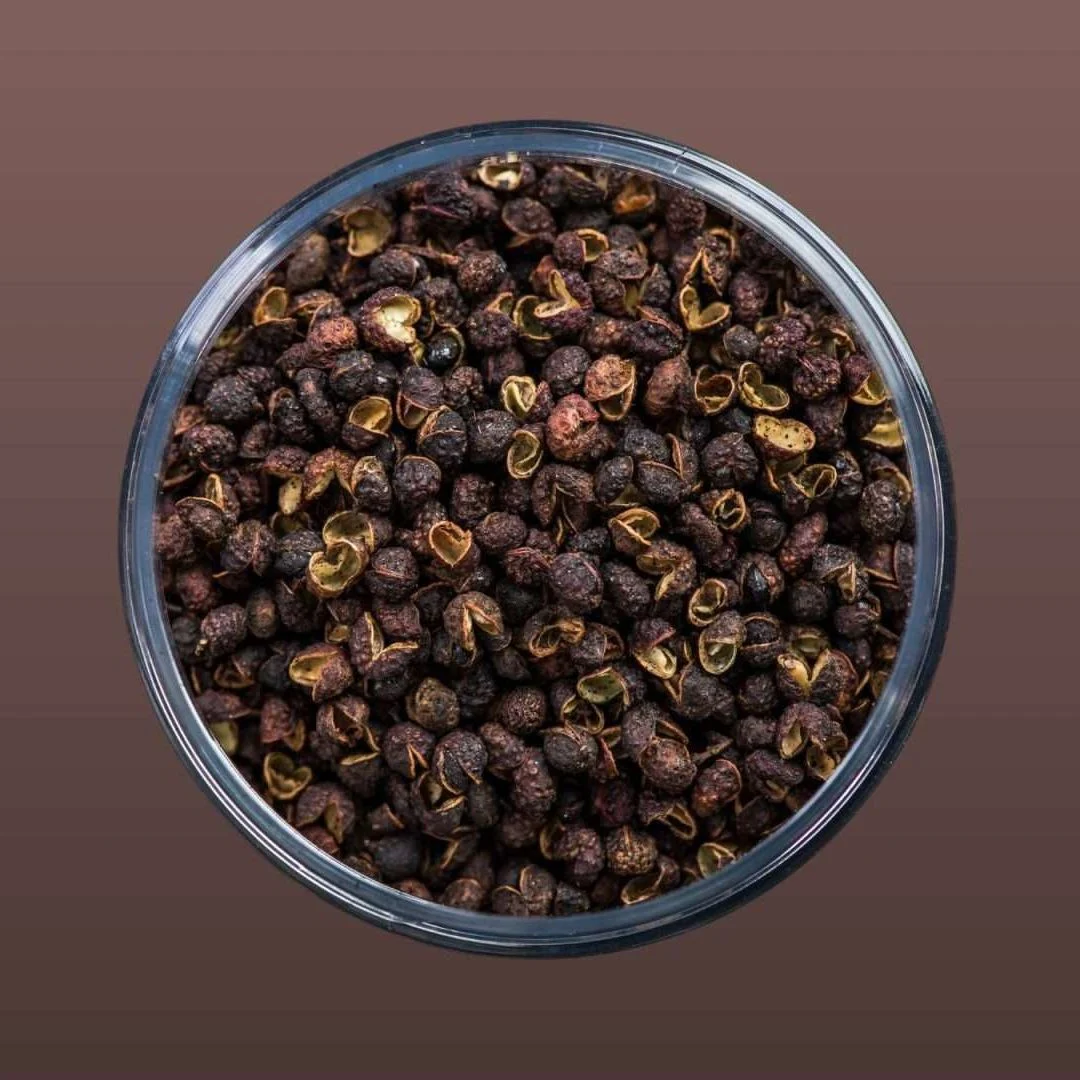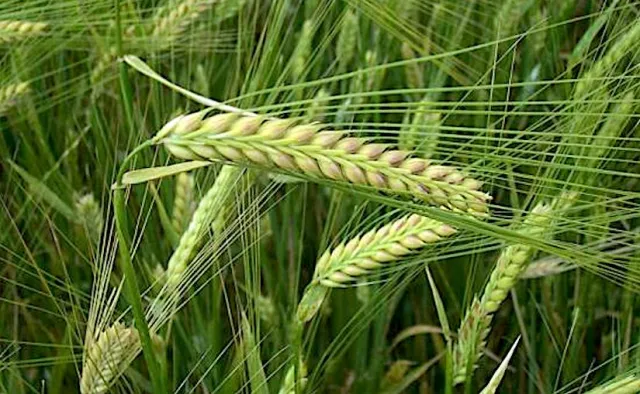Share this Article
Zanthoxylum bungeanum, commonly known as Timur in Nepal, is a small, aromatic tree found in the hilly regions of the country. It thrives at elevations between 900 to 2,500 meters, making it suitable for cultivation in various parts of Nepal.
What is Timur?
Timur is a plant that belongs to the Rutaceae family, which also includes citrus fruits. It is characterized by its thorny branches, compound leaves, and bright red, berry-like fruits. The dried husks of these fruits are used as a spice, while the seeds are known for their medicinal properties.
Common Culinary Applications
- Pickles and Chutneys: Timur is a key ingredient in traditional Nepali pickles (achar) and chutneys, often combined with lemon, chili, and salt to create flavorful condiments that accompany meals.
- Lentil Soups (Dal): A sprinkle of Timur powder adds a citrusy edge to dal, enhancing its aroma and flavor.
- Meat Marinades: Timur is commonly used to marinate meats such as chicken and goat, enhancing the flavor while also aiding in digestion.
- Street Food Flavoring: Timur is used to add flavor to popular Nepali specialties such as chatpate (spicy puffed rice) and sekuwa (grilled pork).
Flavor Profile
Timur offers a unique combination of citrusy brightness and a tingling, numbing sensation, which is due to the presence of hydroxy-alpha sanshool in the spice. This component stimulates the touch sensors in the lips and mouth, enhancing the overall flavor experience.
Usage Tips
- Toasting and Grinding: To maximize its flavor, Timur is often lightly toasted in a dry skillet, releasing aromatic oils and enhancing its citrusy notes. Once cooled, it's ground into a coarse or fine powder, depending on the dish.
- Incorporating in Curries and Stews: Add Timur during the initial stages of cooking to allow its flavors to meld with other ingredients. Its bitterness and citrus notes complement hearty ingredients like meats, root vegetables, and pulses.
- As a Finishing Touch: Sprinkling ground Timur at the end of cooking provides a fresh burst of aroma and flavor, especially in salads, chutneys, or yogurt-based dishes.
Medicinal Uses in Nepal
Beyond its culinary applications, Timur holds a prominent place in traditional Nepali medicine. Its therapeutic properties have been recognized for centuries, and it is used to treat various ailments.
Medicinal Benefits:
- Digestive Health: Timur is believed to aid in digestion, alleviate bloating, and reduce symptoms of indigestion.
- Pain Relief: The analgesic properties of Timur make it effective in relieving toothaches, headaches, and joint pains.
- Anti-inflammatory Effects: Timur is used to reduce inflammation in conditions like arthritis and muscle soreness.
- Antibacterial and Antifungal Properties: Timur's antimicrobial effects make it useful in treating skin infections and wounds.
- Respiratory Health: Timur is used to alleviate symptoms of respiratory conditions like asthma and bronchitis by helping to open up airways and ease congestion .
Modern pharmacological studies have identified several bioactive compounds in Zanthoxylum bungeanum, including polyphenols, alkaloids, and sanshools, which contribute to its therapeutic effects .
Cultivation Practices in Nepal
The cultivation of Timur is gaining prominence in Nepal due to its economic and ecological benefits. It thrives in the hilly regions of the country, where the climate and soil conditions are conducive to its growth.
Cultivation Techniques:
- Land Preparation: Selecting flat terrain with good drainage and applying organic fertilizers to enrich the soil.
- Sowing: Planting seeds in well-prepared soil during the spring or autumn seasons.
- Watering and Fertilization: Regular watering and application of fertilizers to promote healthy growth.
- Pruning: Regular pruning to remove dead or diseased branches and encourage new growth.
- Harvesting: Collecting the fruits when they are ripe, typically in late summer.
The cultivation of Timur not only provides a source of income for farmers but also contributes to the preservation of traditional agricultural practices .
Other Uses
Apart from culinary and medicinal applications, Timur has other uses:
- Essential Oil Production: The seeds yield an oil that is used in perfumes and cosmetics.
- Natural Pest Repellent: The plant is believed to repel insects, making it useful in gardens.
Scientific Research and Future Prospects
Recent scientific studies have explored the pharmacological properties of Zanthoxylum bungeanum, highlighting its potential in modern medicine. Research has focused on its anti-inflammatory, analgesic, and antimicrobial effects, among other therapeutic benefits .
Future research aims to isolate and identify the specific compounds responsible for these effects and to develop standardized extracts for clinical use. The growing interest in natural products presents opportunities for the commercialization of Timur and its derivatives in the global market.
Cultural Significance in Nepal
Timur holds cultural importance in Nepal, especially in the hilly regions where it is cultivated and consumed. It is an integral part of the local cuisine and is used in various traditional rituals and ceremonies.
Cultural Practices:
- Festivals: Timur is used in special dishes prepared during festivals and celebrations, symbolizing prosperity and well-being.
- Rituals: In some communities, Timur is used in rituals to ward off evil spirits and bring good fortune.
- Traditional Knowledge: The cultivation and use of Timur are passed down through generations, preserving traditional knowledge and practices.
The cultural significance of Timur underscores its role in the social and cultural fabric of Nepali society.
Conclusion
Timur (Zanthoxylum bungeanum) is a versatile plant in Nepal, offering benefits in cooking, medicine, and agriculture. Its cultivation provides economic opportunities for farmers and contributes to the rich cultural heritage of the region.
Categories:
Medicinal Plants of Nepal
Tags:
TimurSpice







